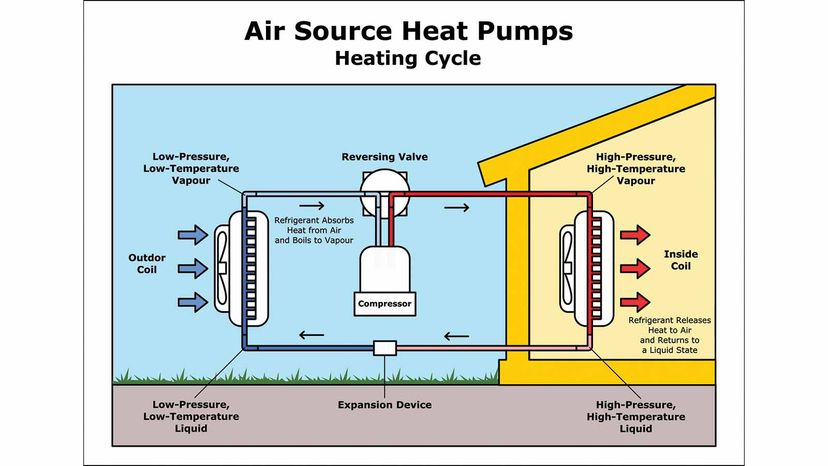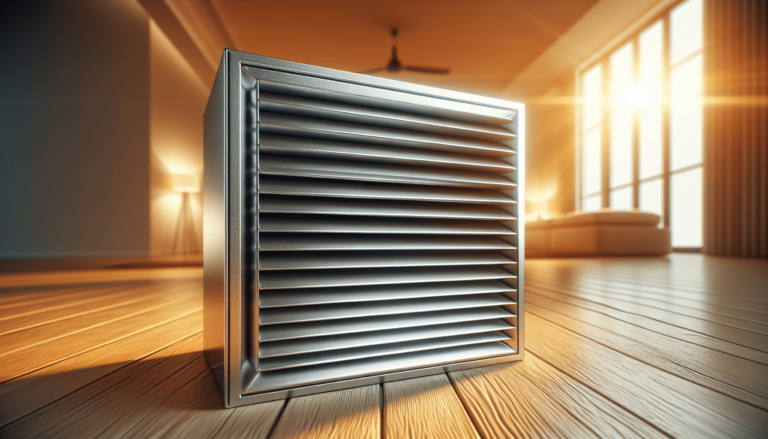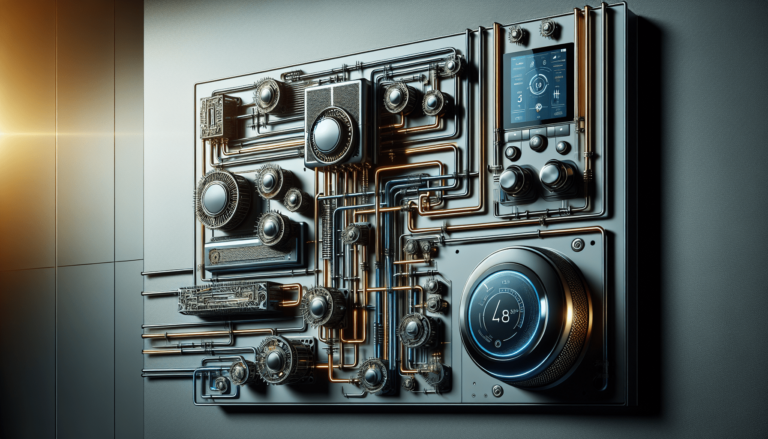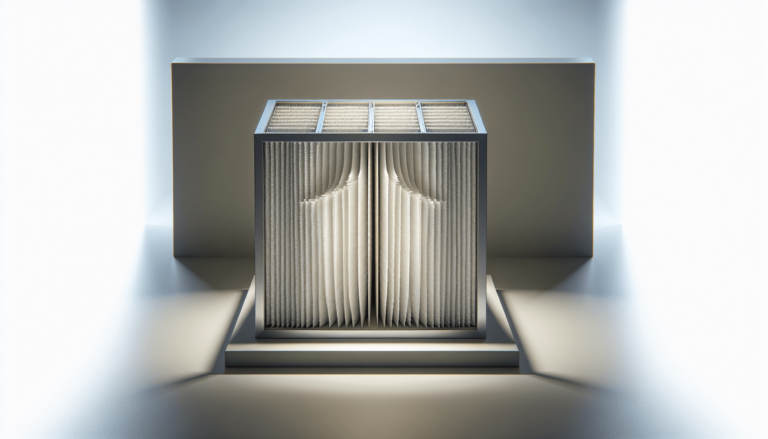

HVAC Services
Get Professional Repairs From The Area's Trusted HVAC Technicians. Ask About Our Services! We Offer Professional Heating & Cooling System Repairs And Guarantee Long-Lasting Results.
Got Question? Call us: (850) 678-2665Financing
Heat Pump Basics: What You Need to Know
Learn the basics of heat pumps, from how they work to their benefits and applications. Discover how heat pumps can provide efficient heating and cooling for your home.
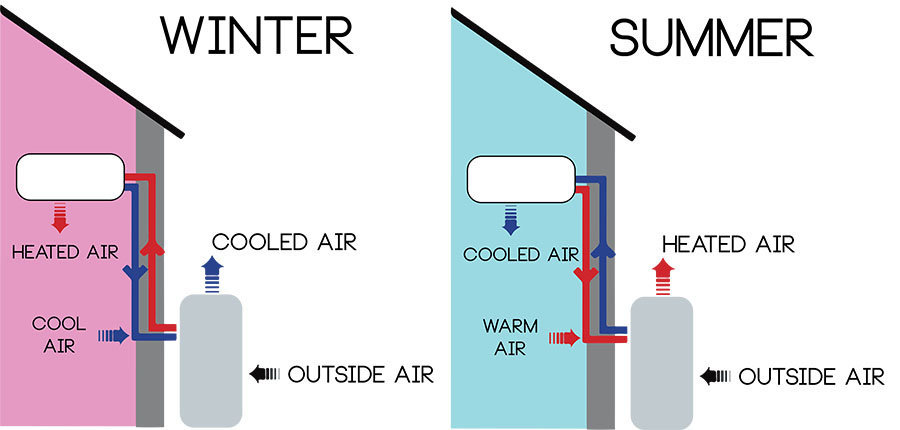
If you’re looking to heat or cool your home efficiently, then heat pumps might just be the solution for you. In this article, we’ll give you the lowdown on heat pump basics, covering everything you need to know. From how they work to their benefits and applications, we’ll explore the ins and outs of heat pumps. So sit back, relax, and get ready to learn all about this energy-efficient heating and cooling option that could transform your home comfort. But first, let us introduce you to Tempacure Heating and Air Conditioning, the go-to experts for HVAC service, repair, and maintenance in Niceville FL and the surrounding area. With their wealth of knowledge and experience, Tempacure HVAC is the leader in all things HVAC. So keep their number (850) 678-2665 handy and visit their website at https://tempacurehvac.com for more information. Ready to dive into the world of heat pumps? Let’s get started!
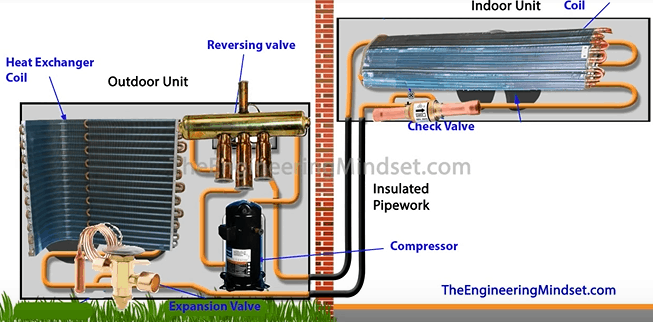
This image is property of theengineeringmindset.com.
Heat Pump Basics: What You Need to Know
Heat pumps are becoming an increasingly popular option for heating and cooling homes. They offer several advantages over traditional heating systems, including energy efficiency, environmental friendliness, cost savings, and dual functionality. In this comprehensive article, we will discuss the basics of heat pumps, the different types available, their advantages, components of a heat pump system, installation considerations, proper maintenance and care, common issues and troubleshooting, and energy efficiency tips for heat pump users.
1. Introduction to Heat Pumps
1.1 What is a Heat Pump?
A heat pump is a device that transfers heat from one location to another using mechanical means. Unlike other heating systems, which generate heat, a heat pump moves heat from the outside to the inside of a building or vice versa to provide heating or cooling. It operates based on the principles of refrigeration and can be used for both residential and commercial applications.
1.2 How Does a Heat Pump Work?
Heat pumps work by utilizing a refrigerant to extract heat from the air, ground, or water and transfer it to another location. The refrigerant flows through a closed loop system, which consists of four main components: a compressor, an evaporator, a condenser, and an expansion valve. These components work together to absorb heat from a low-temperature source and release it at a higher temperature.
1.3 Differences between Heat Pumps and Other Heating Systems
One key difference between heat pumps and other heating systems, such as furnaces or boilers, is that heat pumps do not generate heat. Instead, they transfer it. This makes heat pumps more energy-efficient, as they only require electricity to operate the compressor and fan motors. Additionally, heat pumps have the unique ability to provide both heating and cooling, making them a versatile option for year-round comfort.
2. Types of Heat Pumps
2.1 Air-Source Heat Pumps
Air-source heat pumps extract heat from the outdoor air and transfer it inside during the heating mode. During the cooling mode, they absorb heat from inside the building and release it to the outdoor air. These heat pumps are the most common and cost-effective type available. They can be further categorized into air-to-air heat pumps and air-to-water heat pumps, depending on whether the heat is transferred to the air or water.
2.2 Ground-Source Heat Pumps
Ground-source heat pumps, also known as geothermal heat pumps, utilize the stable temperature of the ground or a nearby water source to transfer heat. They extract heat from the ground or water through a series of underground pipes filled with a refrigerant. These heat pumps are highly efficient and can provide consistent heating and cooling throughout the year. However, they require a larger upfront investment for installation.
2.3 Water-Source Heat Pumps
Water-source heat pumps operate similarly to ground-source heat pumps but use a water source, such as a lake, river, or well, instead of the ground. They extract heat from the water and transfer it to the building during the heating mode, and vice versa during the cooling mode. These heat pumps are suitable for areas where there is an abundant water source available.
3. Advantages of Using Heat Pumps
3.1 Energy Efficiency
Heat pumps are highly energy-efficient, as they transfer heat instead of generating it. According to the U.S. Department of Energy, heat pumps can deliver three to four times more energy than the electricity they consume, resulting in significant energy savings.
3.2 Environmental Friendliness
Due to their energy efficiency, heat pumps have a lower carbon footprint compared to other heating systems. They do not burn fossil fuels or produce greenhouse gas emissions on-site, making them a more environmentally friendly option.
3.3 Cost Savings
While the upfront cost of installing a heat pump may be higher than other heating systems, the long-term cost savings can outweigh the initial investment. Heat pumps can significantly reduce energy consumption, leading to lower utility bills over time. Additionally, some jurisdictions offer rebates or incentives for installing energy-efficient heat pumps.
3.4 Dual Functionality
One of the greatest advantages of heat pumps is their ability to provide both heating and cooling. This eliminates the need for separate systems, such as furnaces and air conditioners, saving space and simplifying HVAC maintenance.
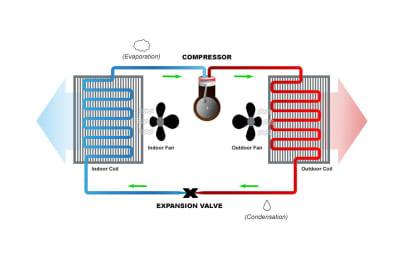
This image is property of images.carriercms.com.
4. Components of a Heat Pump System
A heat pump system consists of several components that work together to provide efficient heating and cooling. Understanding these components is crucial for proper installation, maintenance, and troubleshooting.
4.1 Compressor
The compressor is the heart of a heat pump system. It circulates the refrigerant and increases its pressure, raising its temperature. The compressor plays a vital role in the heat transfer process, as it initiates the refrigeration cycle.
4.2 Evaporator
The evaporator is responsible for absorbing heat from the source, whether it’s the air, ground, or water. As the refrigerant passes through the evaporator coil, it evaporates, absorbing the heat and turning into a low-pressure gas.
4.3 Condenser
The condenser is where the heat is released during the heat transfer process. As the refrigerant flows through the condenser coil, it condenses back into a liquid state, releasing heat to the environment. The condenser is located in the outdoor unit of a heat pump system.
4.4 Expansion Valve
The expansion valve regulates the flow of refrigerant between the evaporator and condenser. It reduces the pressure of the refrigerant, allowing it to expand and evaporate in the evaporator coil, absorbing heat in the process.
4.5 Refrigerant
The refrigerant is the medium that carries and transfers the heat within the heat pump system. It changes from a gas to a liquid and vice versa as it absorbs and releases heat during the refrigeration cycle. Common refrigerants used in heat pumps include R-410A and R-32.
5. Installation Considerations
Proper installation is crucial for the optimal performance of a heat pump system. Several factors should be taken into consideration during the installation process.
5.1 Sizing and Load Calculation
Properly sizing a heat pump involves determining the heating and cooling requirements of the building. This is done through a load calculation, taking into account factors such as insulation, square footage, climate, and the number of occupants. Oversized or undersized heat pumps can lead to inefficiency, discomfort, and increased operating costs.
5.2 Ductwork and Airflow
If a heat pump is connected to an existing ductwork system, it is important to ensure that the ducts are properly sized and insulated. Proper airflow is crucial for the efficient operation of a heat pump and to maintain consistent temperatures throughout the building.
5.3 Location and Space Requirements
The outdoor unit of a heat pump system should be installed in a well-ventilated area with sufficient clearance around it. It should be placed on a stable and level surface to minimize vibrations and noise. Indoor units should be located in areas that allow for easy access and distribution of conditioned air.
5.4 Electrical Requirements
Heat pumps require a dedicated electrical circuit to provide power to the system. Electrical requirements may vary based on the size and type of heat pump being installed. It is important to consult with a qualified electrician to ensure proper wiring and breaker sizing.
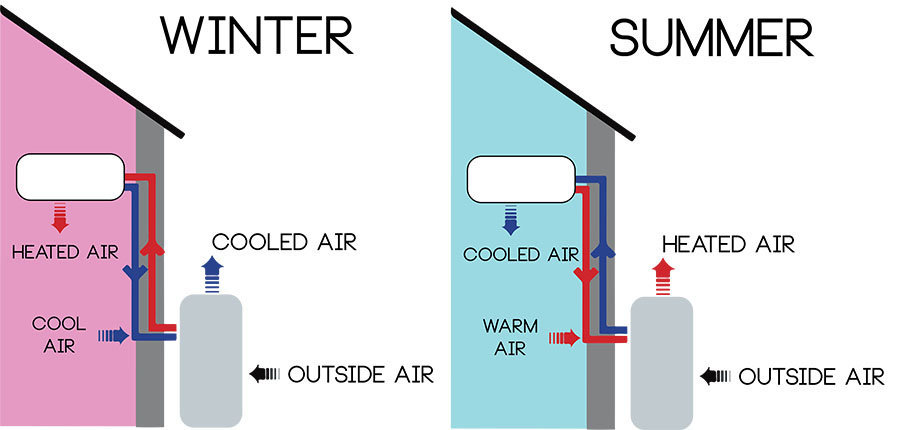
This image is property of riverreporter.com.
6. Proper Maintenance and Care
Regular maintenance and care are essential for the longevity and performance of a heat pump system. Here are some key maintenance tasks to keep in mind.
6.1 Regular Filter Replacement
Air filters in a heat pump system should be checked regularly and replaced as needed. Clogged or dirty filters can restrict airflow, reduce efficiency, and lead to poor indoor air quality. Most filters should be replaced every 1-3 months, depending on usage and air quality.
6.2 Annual Professional Maintenance
Professional maintenance by a qualified HVAC technician should be scheduled annually to ensure that the heat pump is operating at peak performance. This includes cleaning the coils, checking electrical connections, measuring refrigerant levels, and inspecting all components for wear and tear.
6.3 Checking Refrigerant Levels
Proper refrigerant levels are crucial for the efficient operation of a heat pump. Low refrigerant levels can result in reduced heating or cooling capacity and increased energy consumption. Only a licensed HVAC technician should handle refrigerant maintenance and repairs.
6.4 Cleaning the Outdoor Unit
The outdoor unit of a heat pump can accumulate dirt, debris, and vegetation over time, reducing its efficiency. regularly cleaning the unit and removing any obstructions can help maintain optimal performance. It is important to turn off the power to the unit before cleaning and exercise caution while handling the system.
7. Common Issues and Troubleshooting
Despite proper maintenance, issues may arise with a heat pump system. Here are some common problems and troubleshooting tips.
7.1 Insufficient Heating or Cooling
If a heat pump is not providing adequate heating or cooling, check the air filters and make sure they are clean. Clogged filters can impede airflow and reduce efficiency. Also, check the thermostat settings and ensure they are correctly programmed.
7.2 Frozen Coils
Frozen coils are usually caused by restricted airflow or refrigerant issues. Check the air filter, vents, and registers for obstructions. If the coils continue to freeze, it may indicate a refrigerant leak or a problem with the defrost cycle. In such cases, professional assistance is recommended.
7.3 Strange Noises
Unusual noises, such as grinding, rattling, or squealing, may indicate a problem with the heat pump system. Loose or damaged components, such as fan blades or belts, can cause these noises. It is best to contact a professional for a thorough inspection and repair.
7.4 Uneven Temperature Distribution
If certain areas of the building have inconsistent temperatures, it may be due to improper airflow or ductwork issues. Check the vents and registers for obstructions and ensure that they are open and unobstructed. If the problem persists, consult with an HVAC technician to assess the ductwork and airflow.
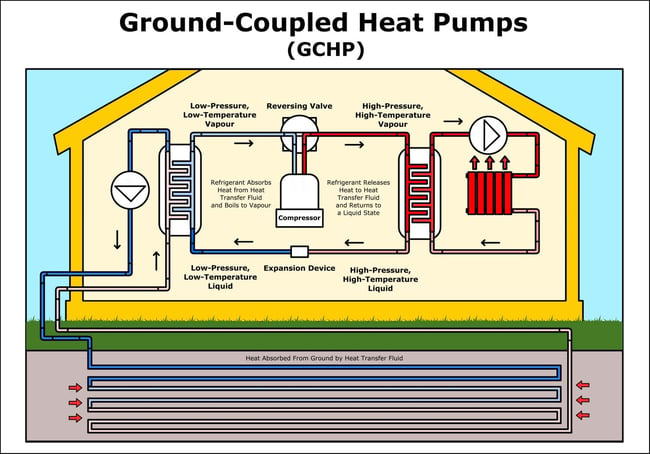
This image is property of www.superradiatorcoils.com.
8. Energy Efficiency Tips for Heat Pump Users
Maximizing energy efficiency can help reduce energy consumption and lower utility bills. Here are some tips for heat pump users.
8.1 Set Temperature Wisely
Setting the temperature a few degrees lower in winter and a few degrees higher in summer can significantly reduce energy usage. Consider wearing additional layers of clothing or using blankets to stay comfortable during colder months and utilize natural ventilation or fans during warmer months.
8.2 Utilize Thermostat Programming
Take advantage of programmable thermostats to create heating and cooling schedules that align with your daily routine. This allows for automatic adjustments of temperature settings and can lead to energy savings when the space is unoccupied.
8.3 Maximize Natural Heat Sources
During winter, take advantage of natural heat sources, such as sunlight, by keeping curtains open during the day to let the warmth in. Close curtains or blinds at night to provide insulation and reduce heat loss. In summer, use shades or blinds to block direct sunlight and prevent overheating.
8.4 Regularly Clean and Maintain
Regularly cleaning and maintaining your heat pump system is crucial for optimal efficiency. Keep the outdoor unit clear of debris and vegetation, change air filters as recommended, and schedule annual professional maintenance to ensure the system is operating at peak performance.
9. Conclusion
Heat pumps are a versatile and energy-efficient option for heating and cooling homes and commercial spaces. They offer numerous advantages, including energy efficiency, environmental friendliness, cost savings, and dual functionality. By understanding the basics of heat pumps, types available, their components, installation considerations, maintenance requirements, and troubleshooting tips, you can make informed decisions and ensure optimal performance of your heat pump system. Don’t forget to consult with a qualified HVAC technician for any professional assistance and to ensure the long-term efficiency and reliability of your heat pump.
This image is property of media.hswstatic.com.


